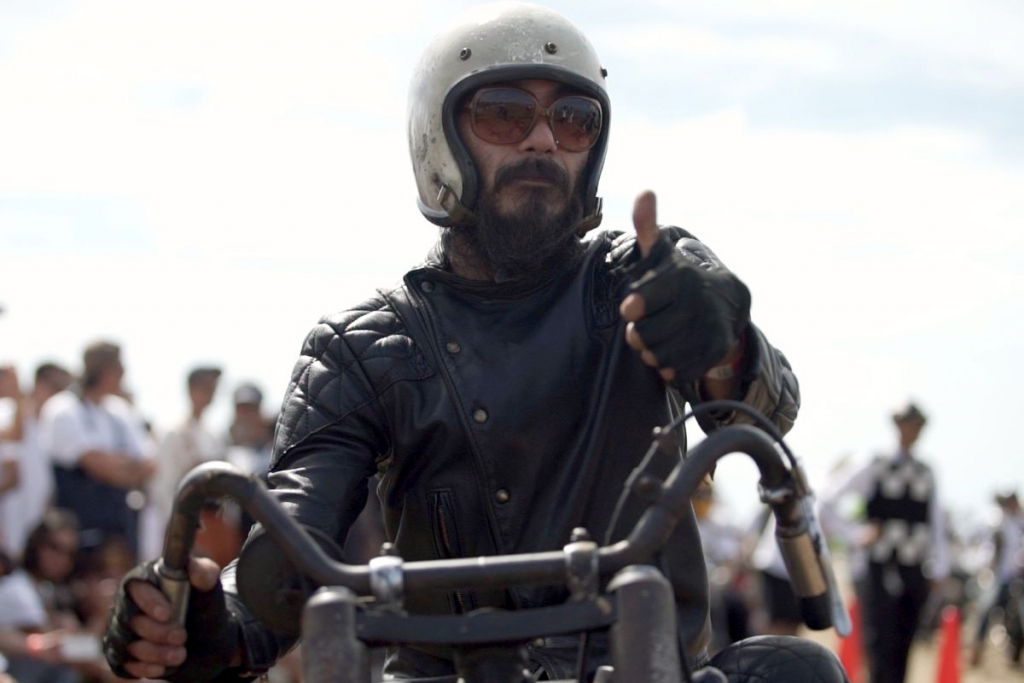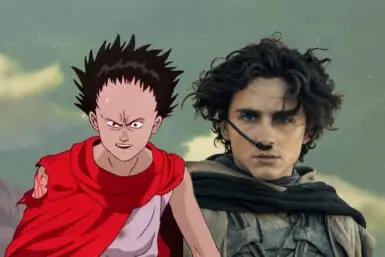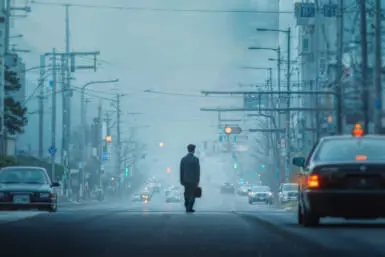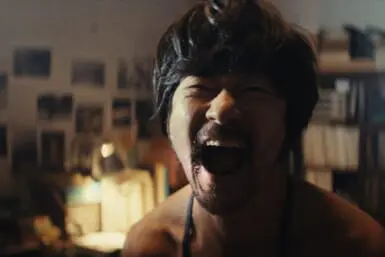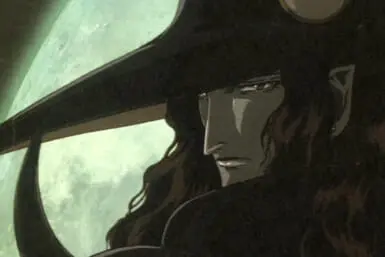Creating a documentary film is no mean feat. Even a short-length documentary can take a substantial period of time when you include planning, interviews, shooting schedules, editing, coloring, adding a soundtrack and so on. To make a full-length 90-minute bad boy about a super niche subculture in Japan can, predictably, take much longer. In the case of The Roost, a film detailing the country’s alt-moto scene, it took the creators two years and takes in 12 cities, numerous interviewees and stories which make for a thrilling cinematic ride.
The Roost, although focused on alt-moto and the rich culture of bike builders, encompasses so much more and includes sections on the aesthetics of the scene, artwork, the influence of music on the people involved and, probably most importantly, on Japanese pride and obsession with artisanship.
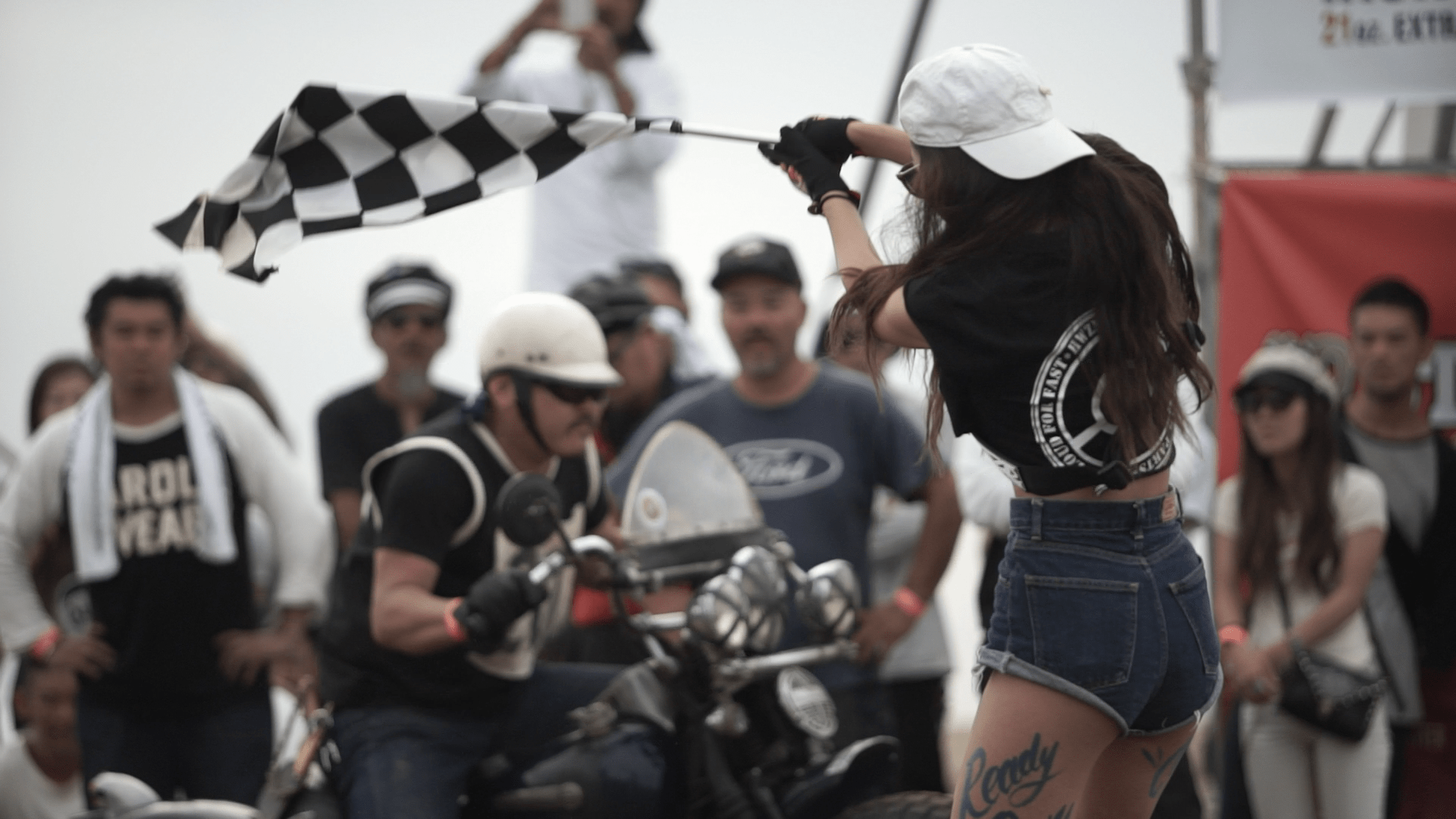
Created by director and writer Jesse Koester, producer and writer Matthew Roberts, cinematographer and writer William Greenawalt and editor Michelle Madden, the film manages to gain access to groups of motorbike cognoscenti up and down the country. It essentially explores their fascination with bikes and the accompanying culture which runs through it, all the while making it fascinating for those viewers with no previous interest in alt-moto or even mainstream motorcycles.
The documentary also carefully weaves a narrative throughout the production which takes in more than just motorcycles and artisanship. The Roost, like most well-made documentaries, delivers impactful nuances about community, friendship, alliances, the nature of art and creating and perhaps most poignantly, the essence of what makes us human beings.
One of the most touching parts of the film is when a rider explains that his leg had been cut off completely whilst riding. We then see him in the following frame revving up his motorbike with a focused look of determination and a beautiful moment of swagger. This scene encapsulates this community and is a microcosm for everything that The Roost archives.
TW sat down, socially distanced, with cinematographer William Greenawalt at an Italian café in Tokyo’s Roppongi district to discuss the making of The Roost, the challenges involved and what he hopes viewers will get from the film itself. Greenawalt, a Pennsylvanian native, has been a resident of Tokyo for more than a decade now and has worked steadily as a filmmaker and visual creative since arriving in Japan.
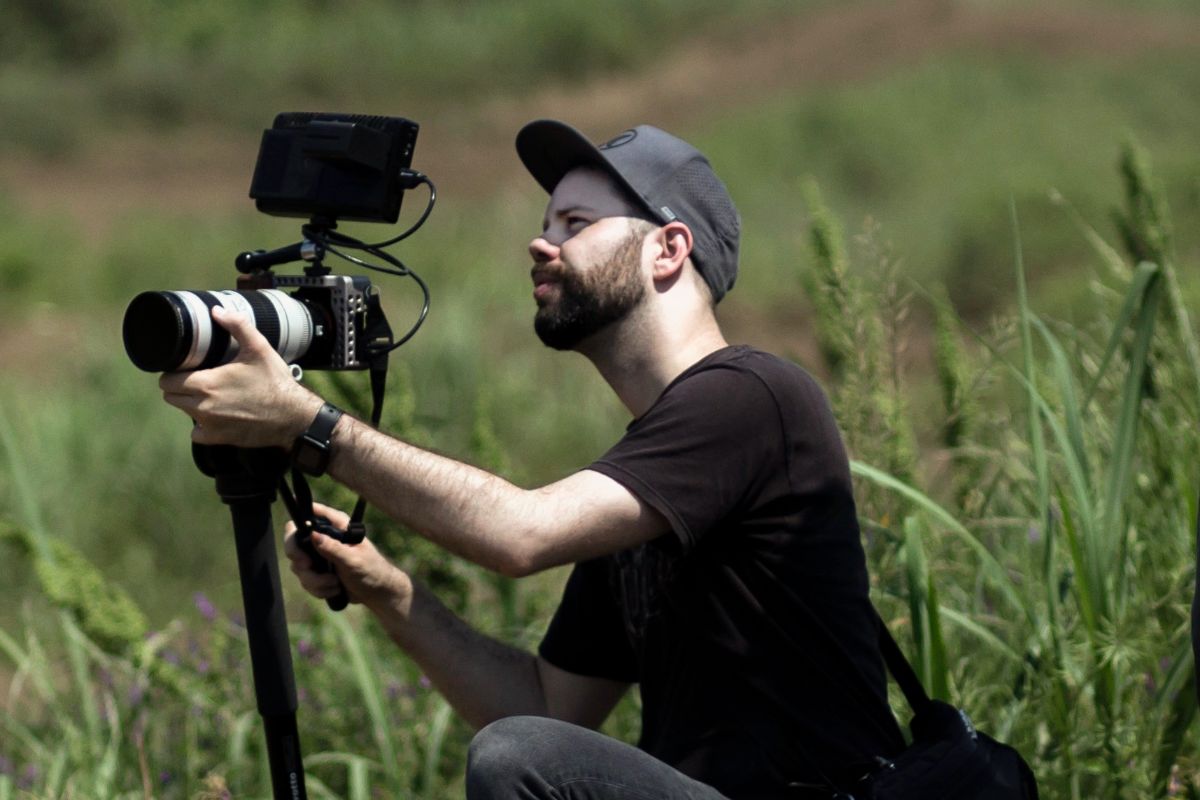
“I’d never really thought about artisanship connected to motorcycles before starting The Roost,” says Greenawalt. “The Japanese treat artisanship very highly. You would never think it applied to a not necessarily traditional Japanese kind of scene. A lot of the enthusiasts and builders that we met made it clear that classic motorcycles like Harley’s and choppers have a very classic American image. Then in Japan there’s also a more well-known side of motorcycles seen in the likes of Honda or Kawasaki.
“What we realized when doing these interviews is that this scene is somewhere more in the middle,” continues Greenawalt. “A lot of the riders and builders are pulling from both the classic ’60s and ’70s Showa Era Japanese craftsmanship and the imagery and builds of American and European bikes, so you’re getting these highly crafted unique hybrids.”

When thinking of the word “roost” we naturally associate it with its definition linked with a place where birds congregate but is also a term used in biking (a dirt roost) for the arch of dirt that kicks out from the back of the motorcycle tires when pulling off.
One of the points made in the film and supported by Greenawalt is that, for many involved in the alt-moto scene, riding was a weekend activity, a chance to meet up with like-minded people and to feel wanted, accepted and part of a community. From the aforementioned rider who lost his leg and the female rider (Ayano Kanno), who is unable to wear skirts due to her numerous scars, to the builders and artisans who spend an extraordinary amount of time creating, discussing and perfecting their respective crafts, The Roost involves itself deeply into their lives and documents a niche which usually flies under the radar of most Japanese people.
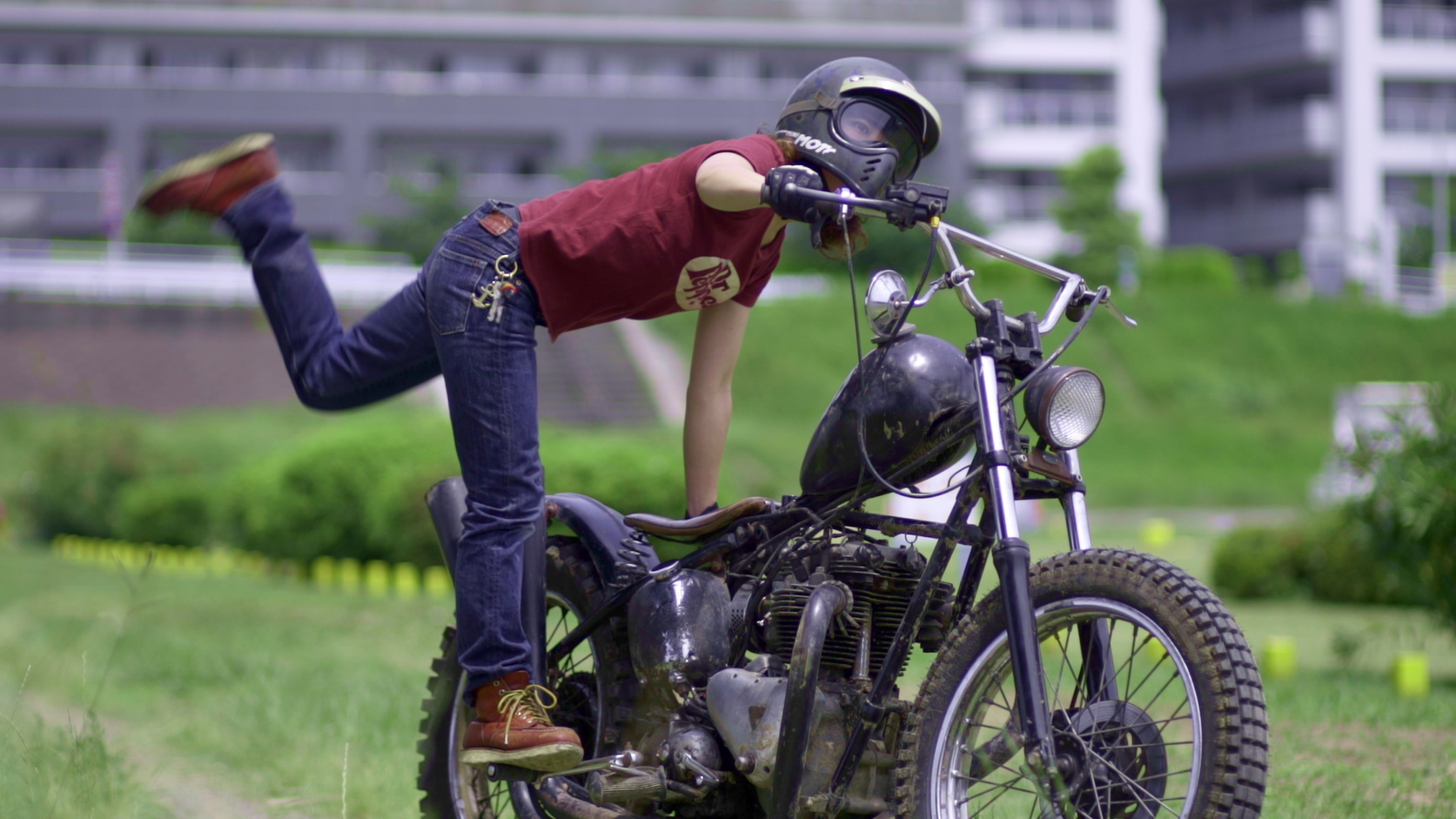
Greenawalt talks about the involvement of producer, writer and creative director Matthew Roberts (Mattie) who in addition to his roles within The Roost production team, is also a respected motorbike builder and enthusiast. The Australian, perhaps somewhat reluctantly, agrees to be filmed as part of the documentary in order to show that foreigners are also deeply involved in the building scene and bring their own international inventiveness to the creative conversation.
“The movie wouldn’t have happened without Matthew and his love of bikes,” adds Greenawalt. “The fact that the bikes he builds are so good as well, people saw that he meant business and that he was also the real deal. Which is why I thought he should be in the film. Biking isn’t a purely Japanese scene. A lot of these guys are taking the American, European and Japanese vision of biking and translating it to their version. Mattie is taking his own childhood love of riding bikes in Australia, his admiration of Japan craftsmanship, and combining it with his years of creative design to make his builds.”
One of the participants in the film discusses his love of American and British punk rock and how it influences the artwork and aesthetic of his bikes. He becomes visually animated when talking about his love of The Ramones and The Sex Pistols and it becomes clear throughout the documentary that music and the mutual commonality found between music and the alt-moto scene is, essentially, infrangible.
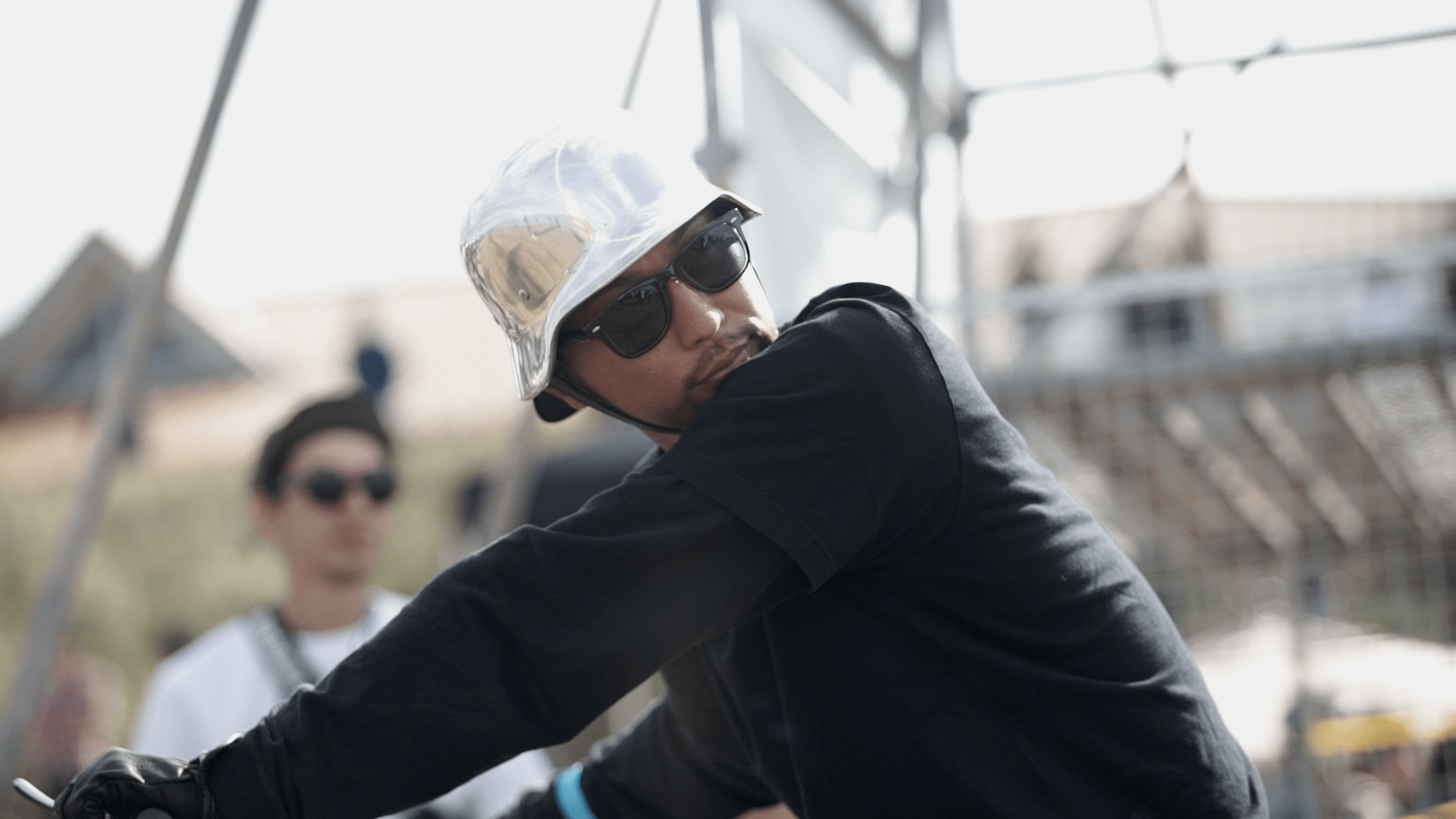
The stunning soundtrack to The Roost reflects this passion and emotional connection with punk rock and Greenawalt explains that Roberts spent weeks connecting with up-and-coming artists and ultimately choosing three bands and musicians who encapsulate the feeling inherent in the documentary. The Ugly Kings, Low Volts and The Ivory Elephant bring charged and punky riffs throughout the film and, in some ways, become an integral part of the documentary itself.
The Roost has been doing the film festival circuit for the last few years and has, along the way, amassed a very impressive haul of awards. It has appeared in 37 festivals across the globe and picked up seven awards including gongs for Best Cinematography, Best Editing, Best Original Score and Best Documentary.
Perhaps what is so inspiring about The Roost is that the small production team put so much effort and determination into a project which consumed their lives for years. The documentary successfully shows another side to Japan, another culture and another layer to Japanese society which is hidden or ignored in most mass media portrayals of the country. The human bonds and spirit found in the alt-moto scene is inspiring and reflects another side of what community, home or roost actually means. A place where you can become yourself and are supported, mentored and accepted by others.
For information about where to watch visit www.theroostjapan.com/watch
This article was published in Tokyo Weekender’s Nov-Dec 2021 magazine. Flip through the issue by clicking on the image below.

